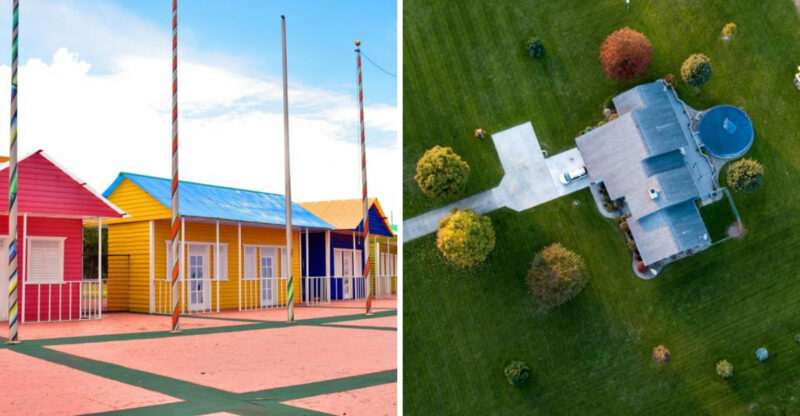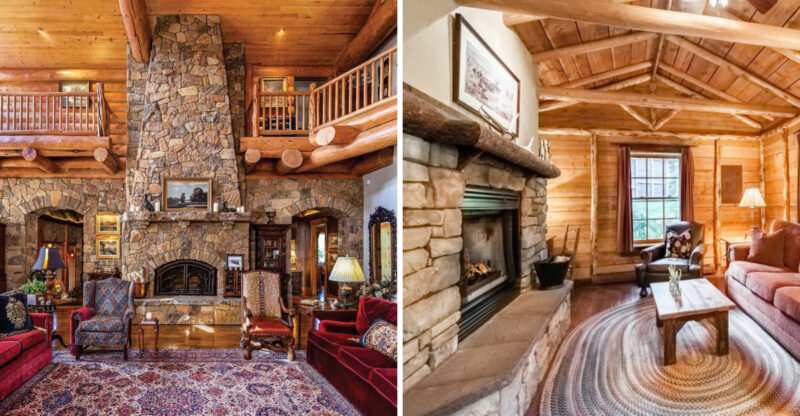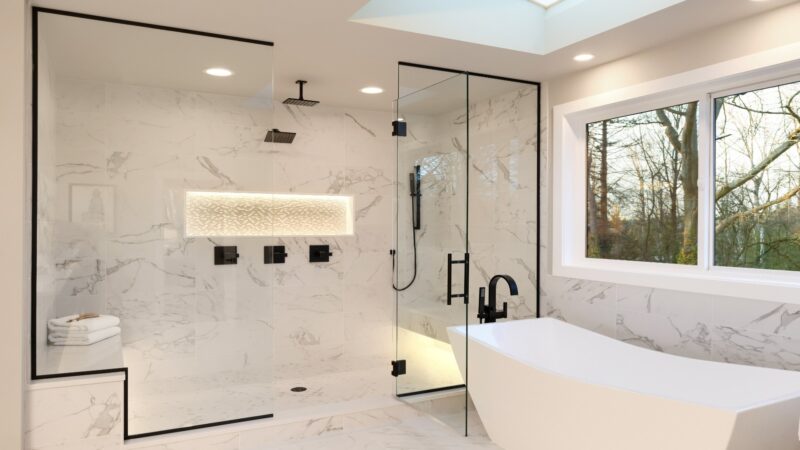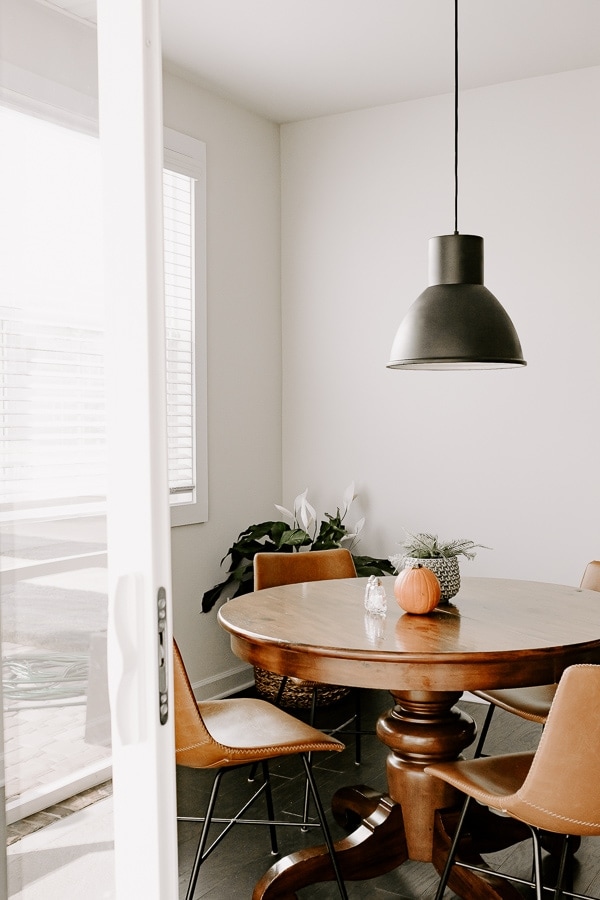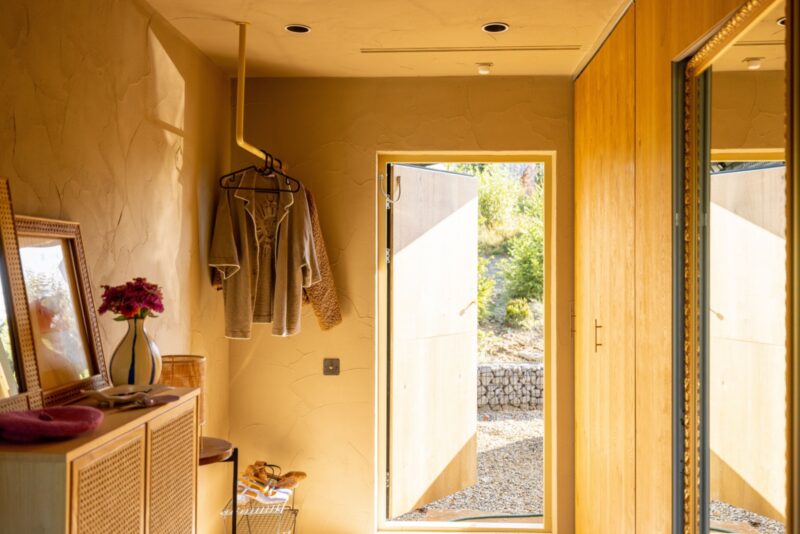9 Design Details You Won’t Find In Today’s Kitchens
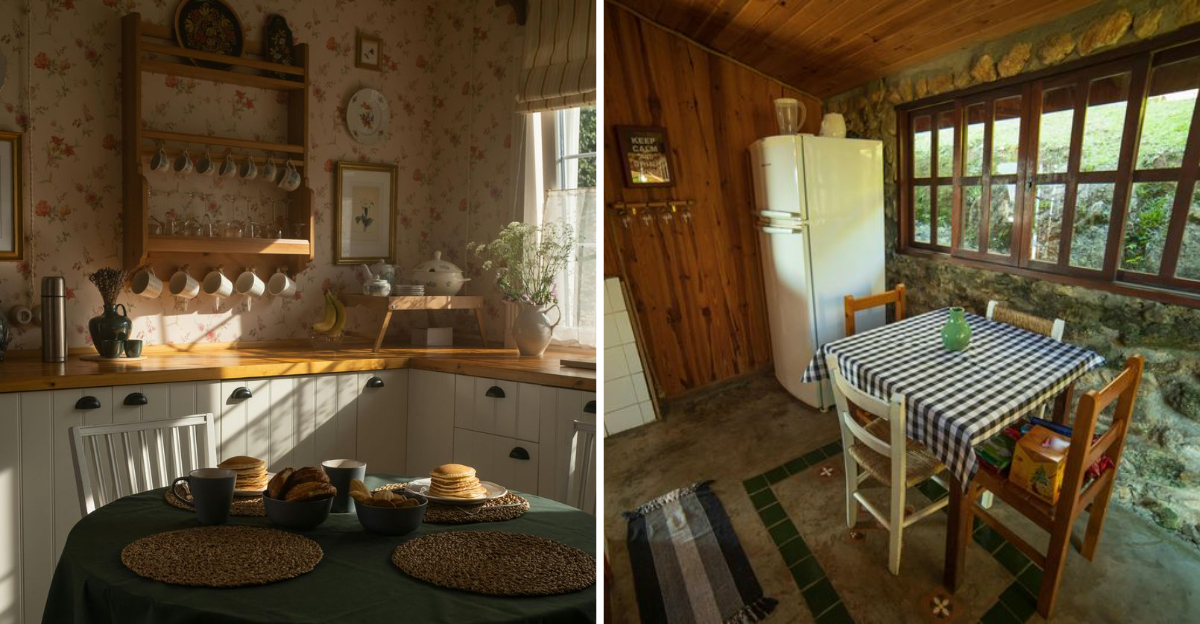
Kitchen design has evolved dramatically over the decades, leaving behind many once-popular features. Remember those kitchens from your grandparents’ era with quirky details that seemed so normal back then?
From colorful appliances to unique storage solutions, these design elements tell the story of how we used to cook, eat, and gather in what has always been the heart of the home.
Keep in mind, the appeal and functionality of these vintage features can vary depending on personal taste and modern lifestyle needs.
1. Exposed Ceiling Beams
Chunky wooden beams crisscrossing overhead used to be kitchen staples, adding rustic charm and visual interest to cooking spaces. Homeowners proudly displayed these structural elements, often staining them dark to contrast with lighter ceilings.
Today’s sleek, minimalist kitchens typically feature smooth, uninterrupted ceiling planes. Modern design philosophy treats ceilings as clean canvases rather than opportunities for architectural expression. Recessed lighting has replaced hanging fixtures that once adorned these beams.
If you’re feeling nostalgic, some designers now artificially recreate this look with faux beams, though they’re rarely seen in contemporary kitchen designs. The warm, cabin-like feel they created has given way to more streamlined aesthetics focused on maximizing light and the illusion of space.
2. Avocado Green Appliances
Remember when refrigerators, ovens, and dishwashers came in that distinctive shade of green? Avocado appliances dominated American kitchens throughout the 1970s, paired with harvest gold and burnt orange accents that screamed groovy sophistication.
Manufacturers like General Electric and Frigidaire mass-produced these colorful alternatives to plain white, convincing homeowners that kitchen appliances could be fashion statements. The trend eventually faded as stainless steel took over in the 1990s.
While white, black, and metallic finishes rule today’s kitchens, color is making a comeback just not avocado green! Modern colored appliances feature subdued blues, reds, or custom panels that blend with cabinetry. That unmistakable yellowish-green hue remains firmly locked in the time capsule of kitchen design history.
3. Harvest Gold Countertops
That unmistakable mustard-yellow hue once graced countertops in millions of American homes. Harvest gold laminate was practically inescapable during the 1960s and 70s, often paired with matching appliances and wood-tone cabinets for the height of kitchen fashion.
Homeowners embraced these warm, golden surfaces for their affordability and easy maintenance. Unlike today’s obsession with natural stone and solid surfaces, these laminate countertops proudly displayed their man-made origins with visible seams and distinctive matte finish.
Modern kitchens have abandoned this bold color choice in favor of neutral quartz, marble, or granite. While retro design occasionally makes comebacks, harvest gold remains firmly in the past a yellowy reminder of an era when kitchens weren’t afraid to make a colorful statement.
4. Linoleum Flooring Patterns
Wildly patterned linoleum once covered kitchen floors everywhere, featuring geometric designs, faux brick patterns, or quirky floral motifs in vibrant colors. This affordable, water-resistant material was the practical choice for mid-century homemakers dealing with spills and heavy foot traffic.
Manufacturers created endless variations checkerboard patterns in black and white, speckled designs resembling confetti, and bold diamond arrangements in contrasting colors. Installation often included heat-welding seams to create one continuous surface throughout the kitchen.
Though similar materials like vinyl still exist, today’s kitchen floors favor hardwood, large-format tile, or luxury vinyl planks with subdued, natural appearances. The eye-catching patterns and unmistakable shine of traditional linoleum have largely disappeared, replaced by more subtle flooring that mimics natural materials.
5. Overhead Pot Racks With Chains
Suspended from the ceiling by heavy chains or ornate wrought iron, pot racks were practical showcases for copper cookware collections. Julia Child popularized this kitchen feature, displaying her professional-grade pots and pans where they’d be easily accessible while cooking.
Homeowners loved how these hanging racks maximized storage in smaller kitchens while creating a focal point. The warm glow of polished copper pans caught the light, turning utilitarian cookware into decorative elements. Hooks allowed for customizable arrangements, with larger pots in the center and smaller items around the edges.
Contemporary kitchens have largely abandoned this open storage concept in favor of hidden organization inside cabinets. Modern design philosophy emphasizes clean, uncluttered spaces rather than the working-kitchen aesthetic these hanging racks embodied. The clanging of pots as you reached for one is now a sound mostly forgotten.
6. Glass-Fronted Hoosier Cabinets
Before built-in cabinetry became standard, the Hoosier cabinet served as a freestanding kitchen workhorse. These all-in-one units featured glass-fronted upper storage, a pull-out enamel or zinc workspace, and lower cabinets for pots and pans.
Named after the Hoosier Manufacturing Company of Indiana, these cabinets included clever features like built-in flour sifters, spice racks, and cookbook holders. The glass doors displayed pretty dishware while keeping dust away, often featuring decorative etching or stained glass patterns.
While modern kitchens occasionally incorporate glass-front cabinets, the freestanding workstation concept has disappeared entirely. Today’s integrated kitchens with continuous countertops and under-cabinet lighting leave no room for these charming, self-contained units that once defined the American kitchen landscape.
7. Wood Paneling On Walls
Dark wood paneling transformed kitchen walls into cozy, cabin-like spaces throughout the 1960s and 70s. Often installed vertically with distinctive grooves between boards, this affordable wall covering created a warm, if somewhat dark, atmosphere in cooking spaces.
Homeowners embraced the maintenance-free nature of paneling, which could be wiped clean and never needed painting. The most popular varieties mimicked knotty pine or oak, though some featured elaborate carved designs or decorative routings. Matching trim and moldings completed the woody aesthetic.
Modern kitchens prioritize brightness and light, making dark paneling feel oppressively dated. Today’s designers prefer painted walls, tile backsplashes, or perhaps a single accent wall. When wood appears in contemporary kitchens, it’s typically in lighter tones as flooring or open shelving rather than full wall coverage.
8. Fold-Down Breakfast Nooks
Space-saving ingenuity defined these clever fold-away eating areas popular from the 1930s through the 1960s. When needed, the table would pull down from a wall-mounted cabinet, revealing benches or stools that tucked neatly underneath when not in use.
Perfect for smaller kitchens, these nooks maximized floor space while providing dedicated dining areas. Many featured vinyl-covered bench seating in bright colors with chrome or wooden table surfaces. Some designs included additional storage inside bench seats for tablecloths or rarely-used kitchen items.
Modern kitchens have largely abandoned these space-savers in favor of permanent islands with seating or open-concept layouts flowing into dining areas. While tiny homes and micro-apartments occasionally incorporate similar fold-away solutions, the charming breakfast nook that disappeared into the wall between meals is rarely seen in contemporary homes.
9. Formica Tables With Chrome Edges
Diners weren’t the only places sporting these iconic mid-century tables they were kitchen staples in homes across America. With heat-resistant Formica tops in speckled patterns or bold colors, these tables featured distinctive chrome banding around the edges and matching tubular legs.
Families gathered around these durable surfaces for everyday meals and homework sessions. The tables expanded with leaf inserts stored underneath, accommodating extra guests when needed. Matching chrome and vinyl chairs completed the ensemble, often in contrasting colors like turquoise, red, or yellow.
Contemporary kitchens have largely abandoned this retro look in favor of wooden, glass, or stone tables with more substantial bases. While collectors and vintage enthusiasts still seek out authentic dinette sets, their once-ubiquitous presence in American kitchens has faded into nostalgic memory.

